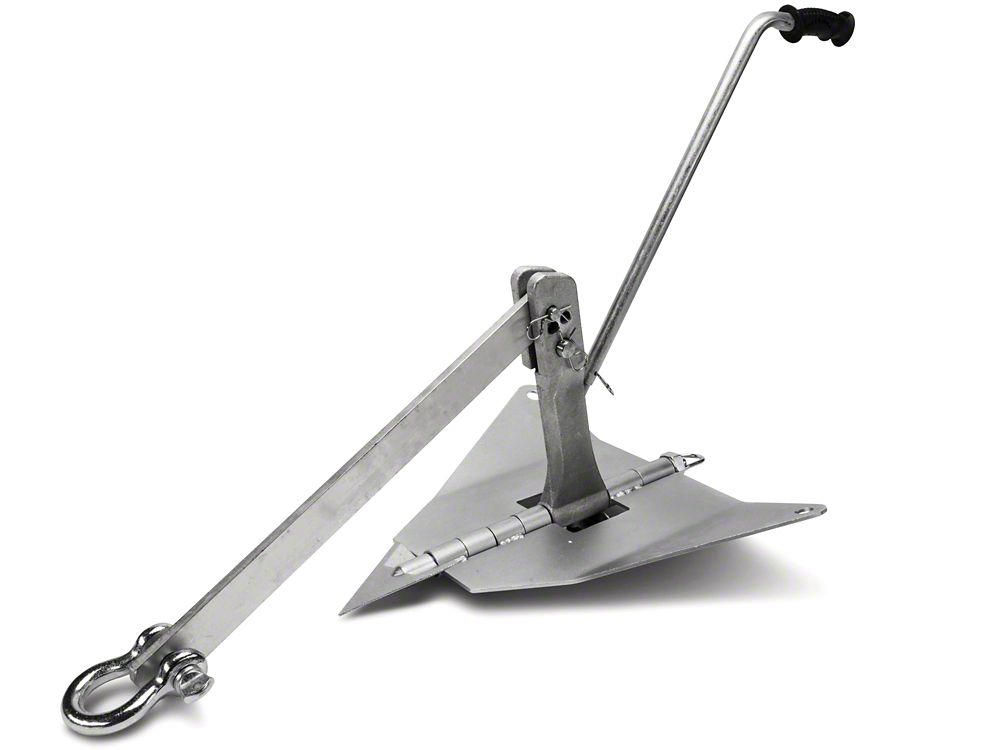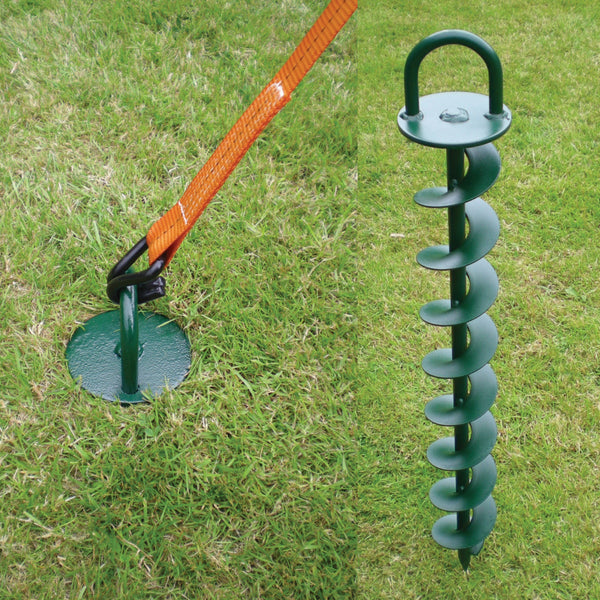Learning About the Importance of a Ground Anchor in Protecting Heavy Structures
Learning About the Importance of a Ground Anchor in Protecting Heavy Structures
Blog Article
Explore the Different Sorts Of Ground Support for Your Next Project
When starting a construction or landscape design job, comprehending the different kinds of ground anchors offered is critical to making sure both security and toughness (Ground Anchor). From auger supports, which excel in diverse soil problems, to risk supports developed for temporary installations, the alternatives are many. Additionally, concrete and screw anchors existing one-of-a-kind advantages in details situations, while deadman supports are tailored for applications calling for resistance to lateral pressures. The choice of an ideal anchor type can dramatically affect the total success of your task, prompting further exploration into their particular advantages and applications.

Auger Anchors
Auger anchors are a prominent choice in different building and construction and landscape design tasks because of their special design and reliable anchoring abilities. These supports are composed of a helical screw-like shaft that is driven right into the ground, permitting a safe and secure and stable hold. The spiral layout assists in very easy installment and takes full advantage of resistance against side forces, making auger anchors especially effective in applications such as secure fencing, momentary frameworks, and disintegration control.
The installment process of auger supports is reasonably straightforward. Auger supports can be easily eliminated and recycled, which includes to their cost-effectiveness and sustainability.
One of the considerable advantages of auger anchors is their ability to distribute lots equally throughout the bordering dirt, reducing the danger of soil disruption and reducing ecological effect. Furthermore, they are much less vulnerable to loosening up or heaving in time contrasted to traditional anchoring techniques. Auger supports are an outstanding selection for tasks requiring reputable and resilient anchoring solutions.

Risk Anchors
When it pertains to safeguarding frameworks in a selection of exterior applications, risk supports use a straightforward and reliable remedy. These supports are generally created from long lasting materials such as steel or light weight aluminum, designed to withstand environmental stresses while giving optimal security. Their easy style enables quick installation, making them an excellent choice for temporary or irreversible anchoring demands.
Risk anchors are particularly valuable in safeguarding outdoors tents, covers, and various other lightweight frameworks versus wind and weather condition. They work by being driven into the ground at an angle, creating a solid hold that stands up to pull-out pressures - Ground Anchor. The efficiency of stake supports relies on several aspects, consisting of dirt kind, moisture content, and the angle of installation
For included safety, several risk supports feature attachment points for ropes or straps, allowing for tension changes as needed. In applications such as landscape design or building and construction, they can effectively stabilize equipment or frameworks on unequal terrain. On the whole, risk supports supply a functional and cost-effective option for safeguarding different outside installations, making them a preferred choice for contractors and DIY fanatics alike.
Concrete Anchors
Concrete supports offer a robust remedy for securing frameworks to concrete surface areas, ensuring stability and security in various applications. These anchors are crucial for jobs ranging from property building and constructions to massive industrial installments. They can be found in various types, including growth anchors, sticky anchors, and undercut supports, each developed for certain lots requirements and ecological conditions.
Sticky anchors use high-strength epoxy or material to bond the anchor to the concrete, supplying premium load-bearing capacities, specifically in fractured concrete circumstances. Undercut anchors produce a distinct form within the concrete, offering phenomenal holding power, especially in applications where tensile tons are widespread.
When executed properly, concrete supports dramatically enhance the architectural stability of various projects, making them vital in contemporary building and construction methods. Recognizing the details needs of your project will certainly help in selecting the appropriate type of concrete support for the task.
Screw Anchors

Screw supports are a flexible securing solution that can be successfully employed in a variety of applications where typical concrete anchors might not suffice. These supports include a helical layout that permits them to be conveniently driven right into the ground, making them ideal for usage in dirt and various other substratums. Their special framework gives excellent holding power and resistance to pull-out forces, making them appropriate for many tasks, from landscaping to architectural assistance.
One of the primary benefits of screw anchors is their ease of installment. They require marginal devices and can often be mounted without the need for excavation, which conserves both time and labor prices. Additionally, screw supports can be eliminated and Continued reused, offering a sustainable option for short-term applications.
Screw supports are particularly beneficial in locations where soil conditions are testing, such as sandy or loose soils. Their capacity to be mounted at differing depths permits customization based upon specific job demands. Overall, screw supports give a dependable and reliable securing method, making them an outstanding choice for professionals and engineers seeking effective options for their jobs.
Deadman Anchors
Deadman supports work as a durable solution for maintaining structures in tough problems, specifically where standard anchoring methods may fail. These supports include huge, heavy items hidden underground, which produce resistance versus lateral forces. The design typically includes a horizontal component, such as a block of concrete or a metal plate, hidden in the soil, to which bands or wires are connected.
The efficiency of deadman supports hinges on their capability to disperse loads over a bigger area, decreasing the threat of failure in unsteady dirt problems. They are especially helpful in applications such as retaining wall surfaces, short-term frameworks, and slope stablizing, where dirt activity can jeopardize the stability of the framework.
Setup of deadman anchors needs careful planning to guarantee they are positioned at the correct depth and alignment, maximizing their load-bearing capacity. While they may call for more labor and material than lightweight supports, their integrity in damaging conditions makes them indispensable for long-term projects. In addition, deadman supports are versatile and can be adjusted to numerous applications, making them a go-to option for designers dealing with one-of-a-kind challenges in their projects.
Conclusion
Auger anchors succeed in diverse dirt problems, while risk supports fit short-lived applications. For concrete surface areas, growth and glue supports supply reputable options, and screw anchors offer flexibility in tough surfaces.
Additionally, concrete and screw anchors present special advantages in certain scenarios, while deadman anchors are customized for applications calling for resistance to side forces - Ground Anchor.Auger anchors are a prominent choice in numerous building and landscaping projects due to their special design and effective anchoring capacities. They come in various types, including development supports, sticky anchors, and undercut anchors, each made for certain tons demands and environmental conditions
Sticky supports make use of high-strength epoxy or resin to bond the anchor to the concrete, using exceptional load-bearing capacities, specifically in broken concrete scenarios. On the click for more whole, screw anchors provide a reliable and reliable anchoring technique, making them a superb selection look at this website for designers and service providers looking for efficient options for their projects.
Report this page